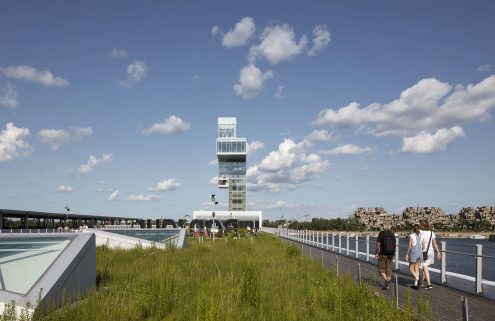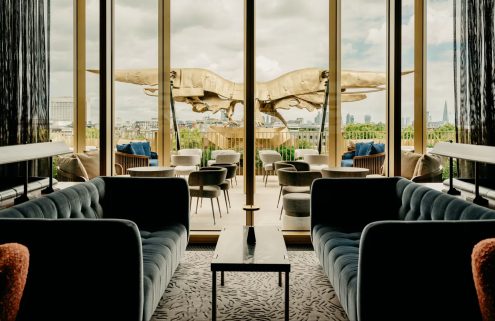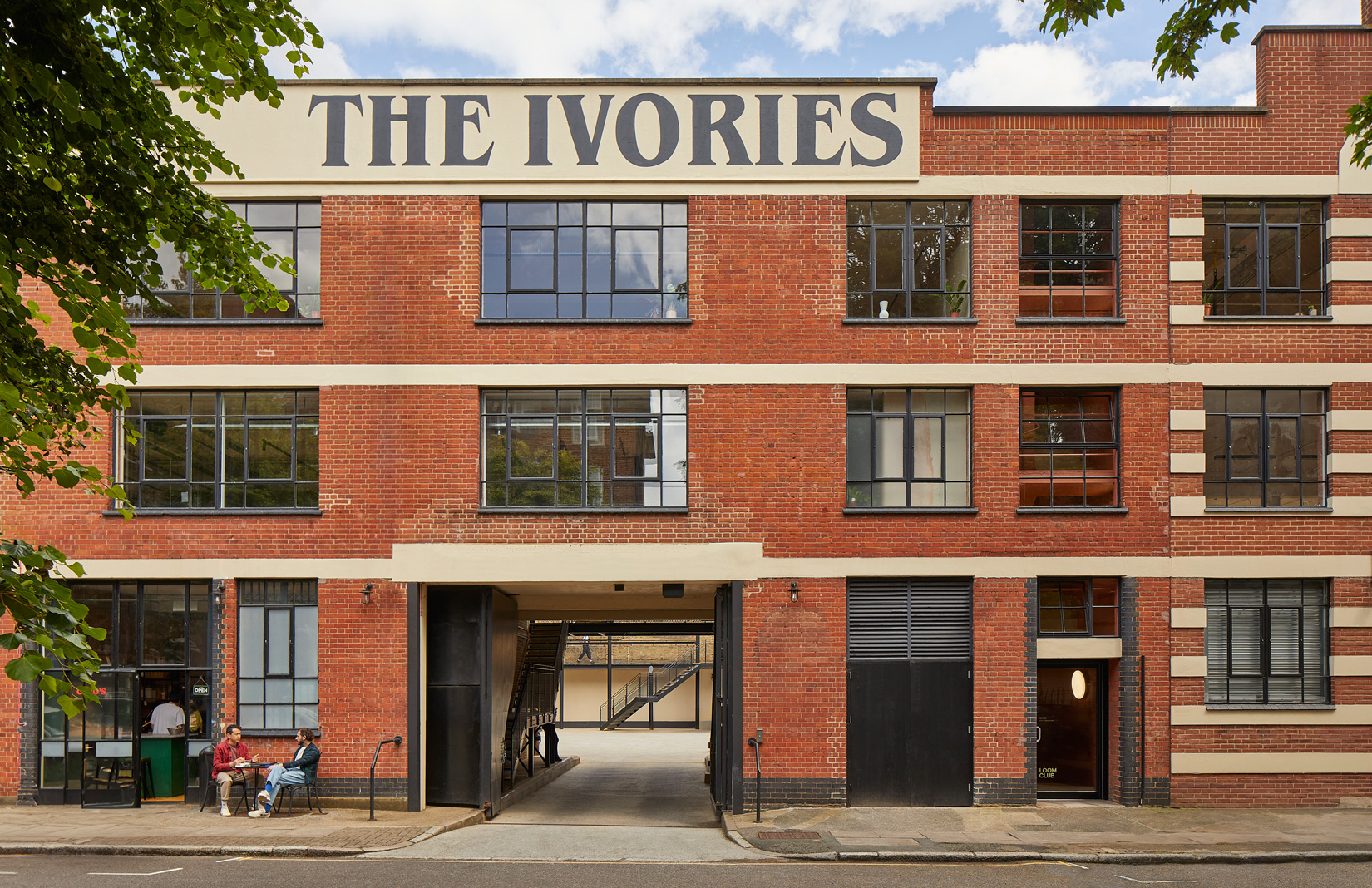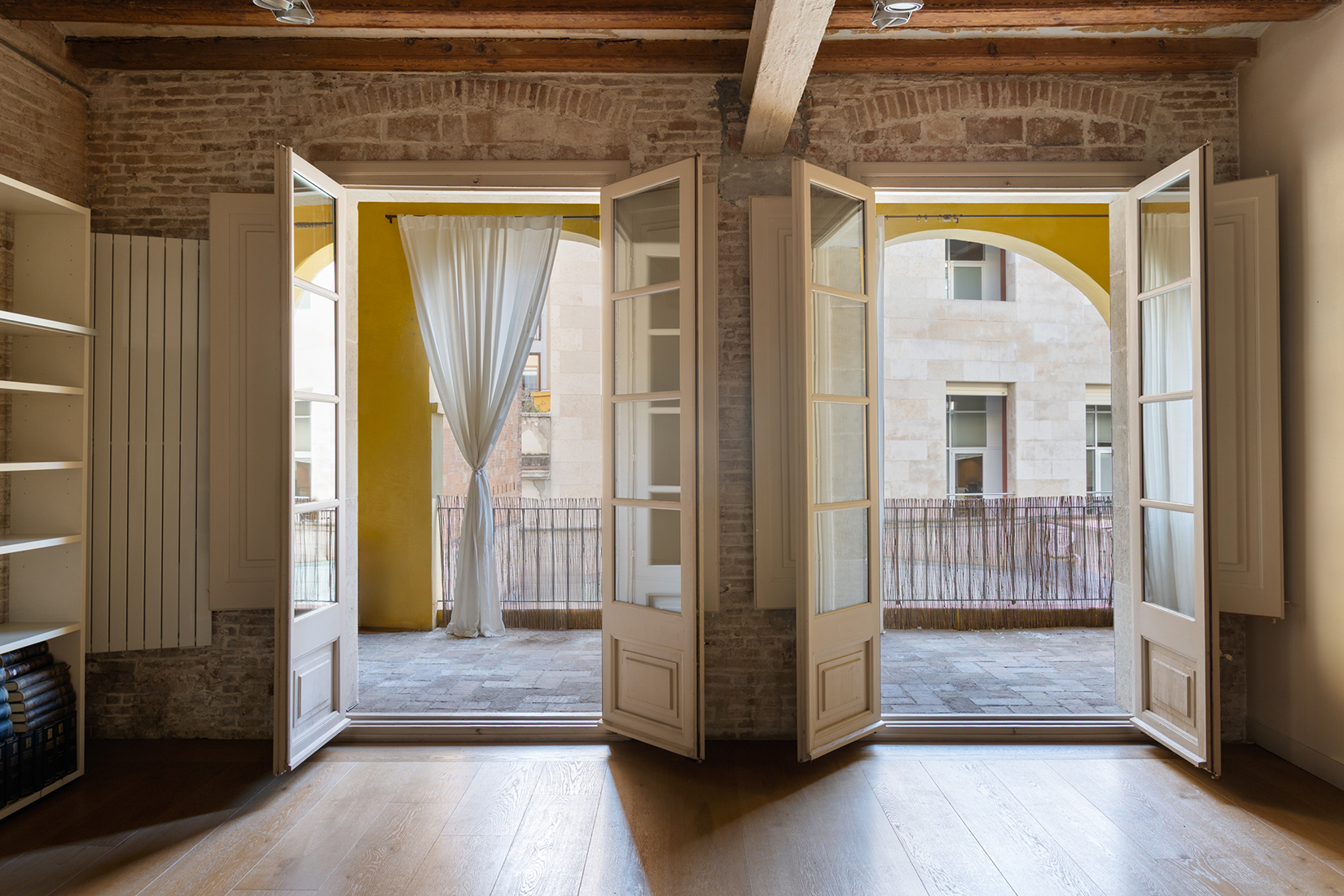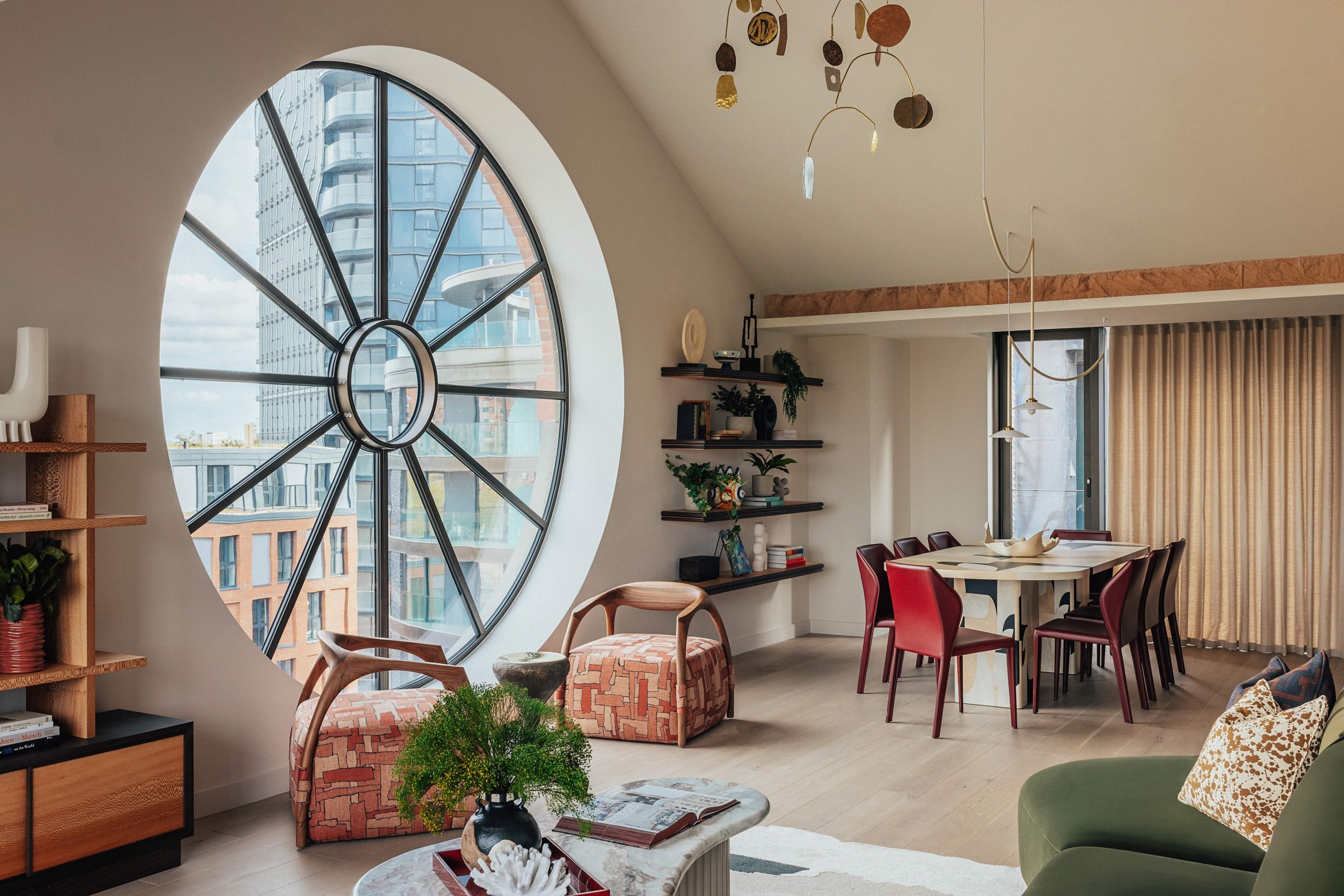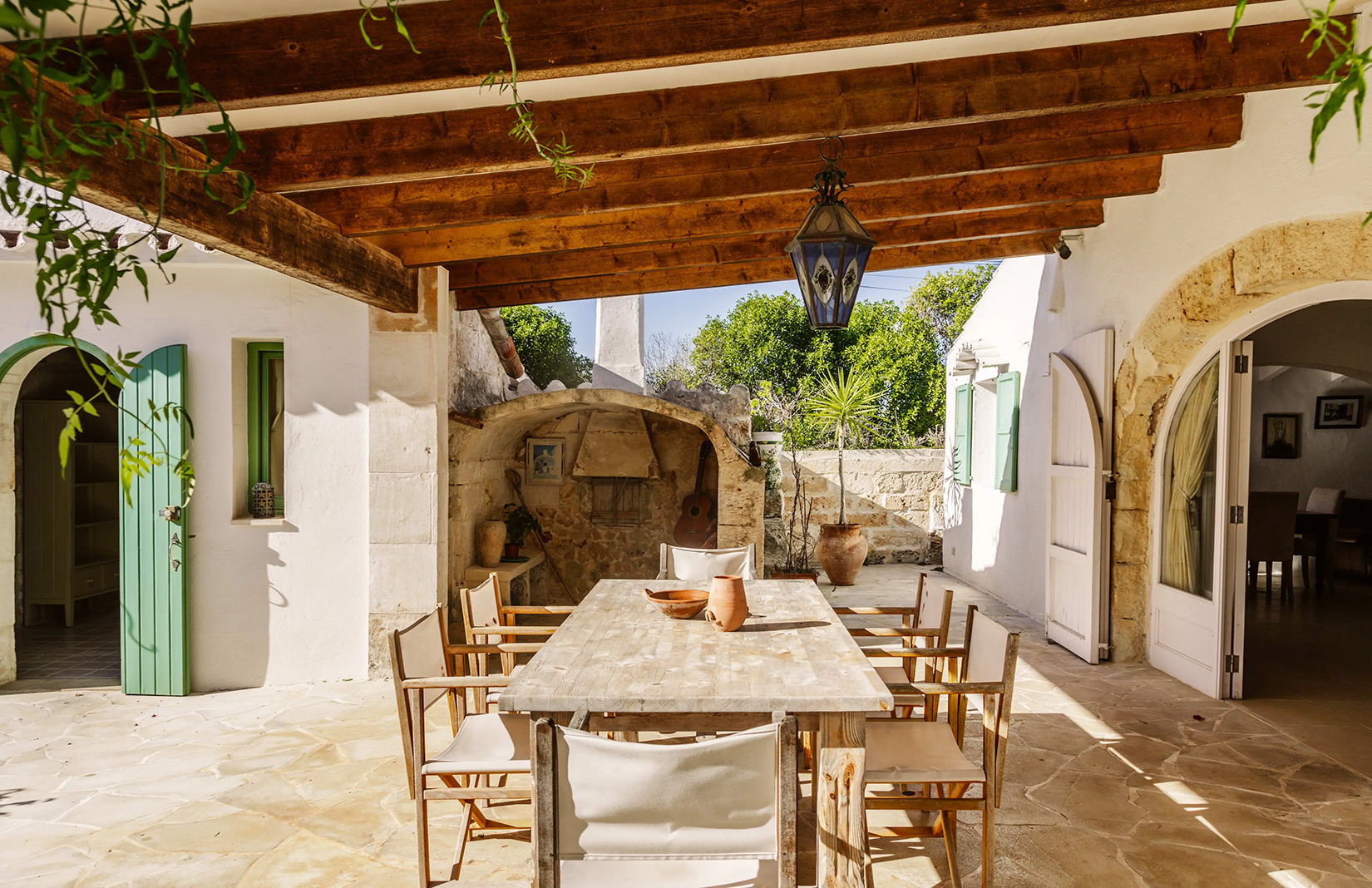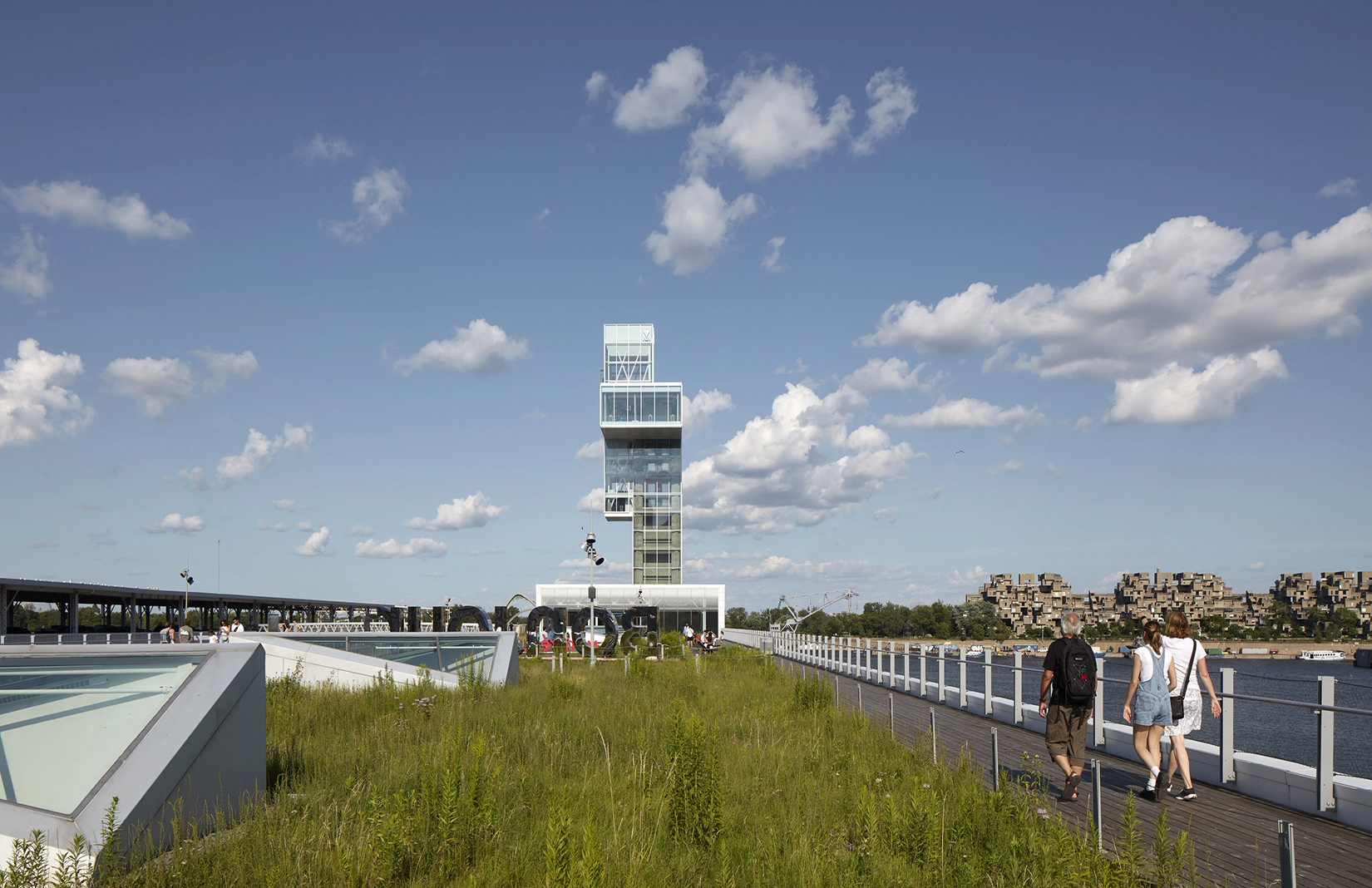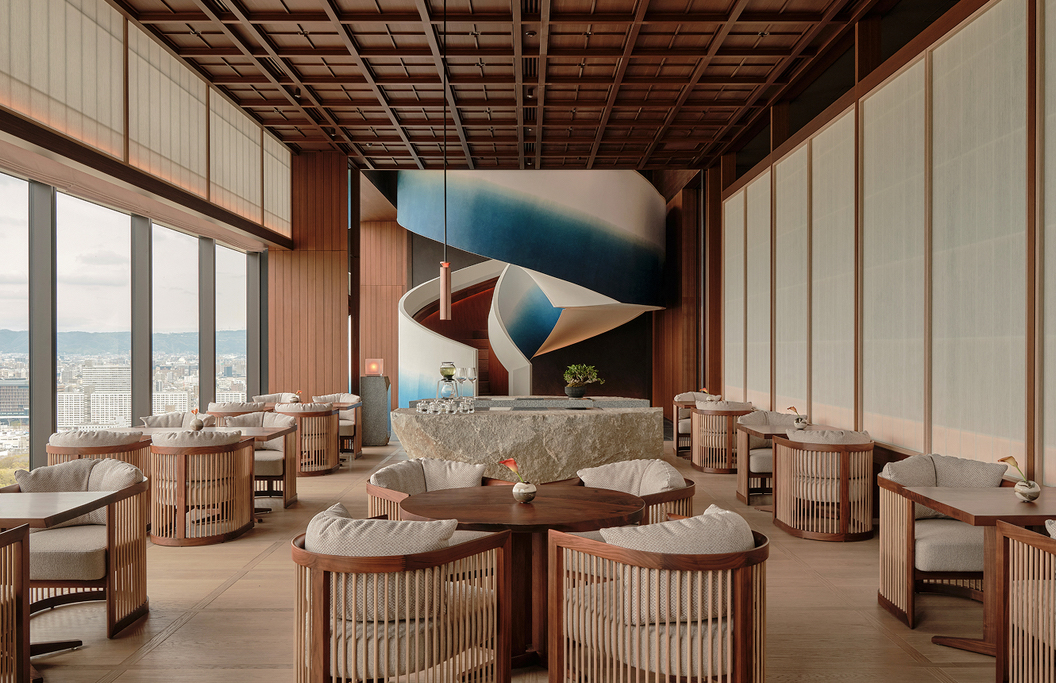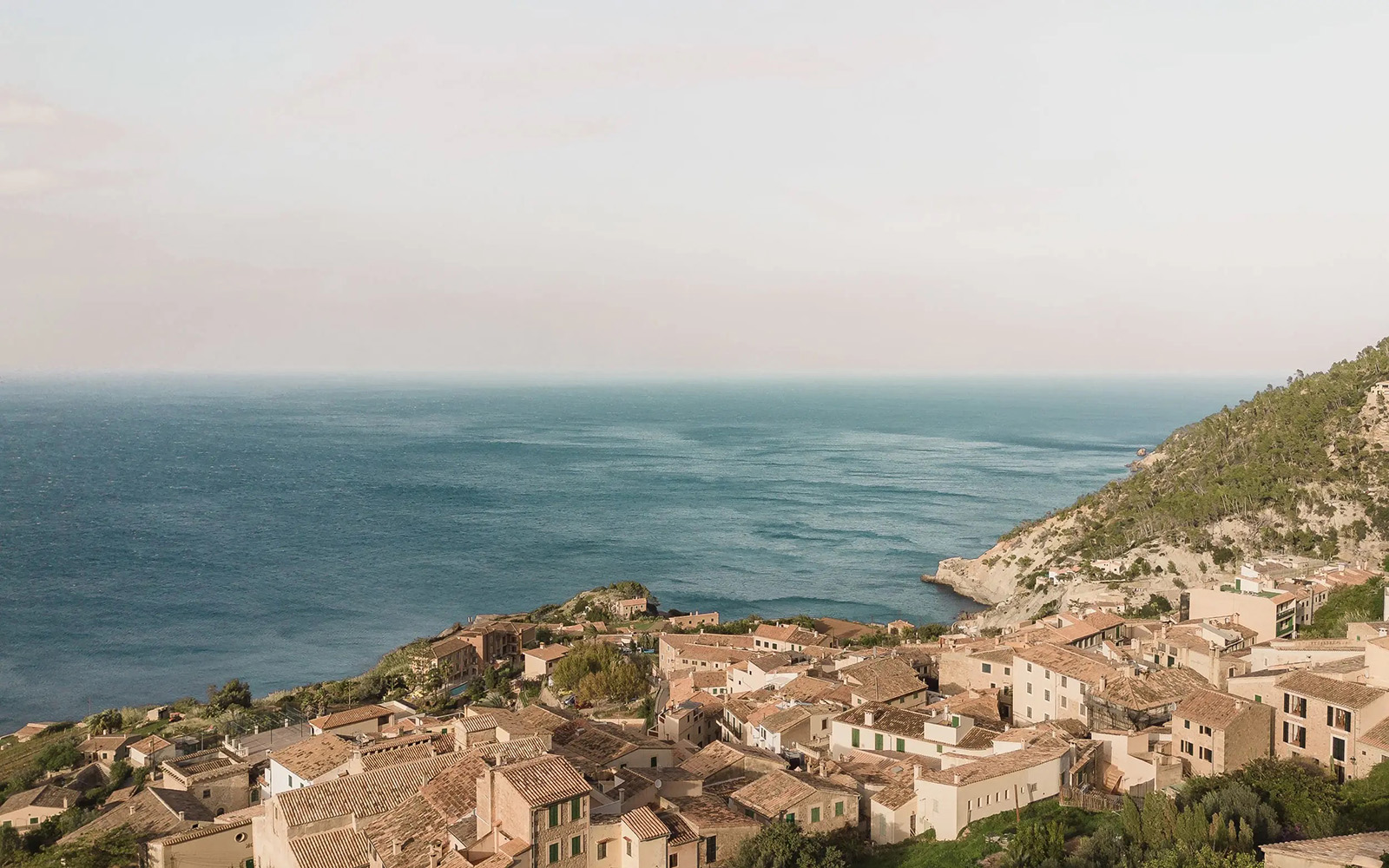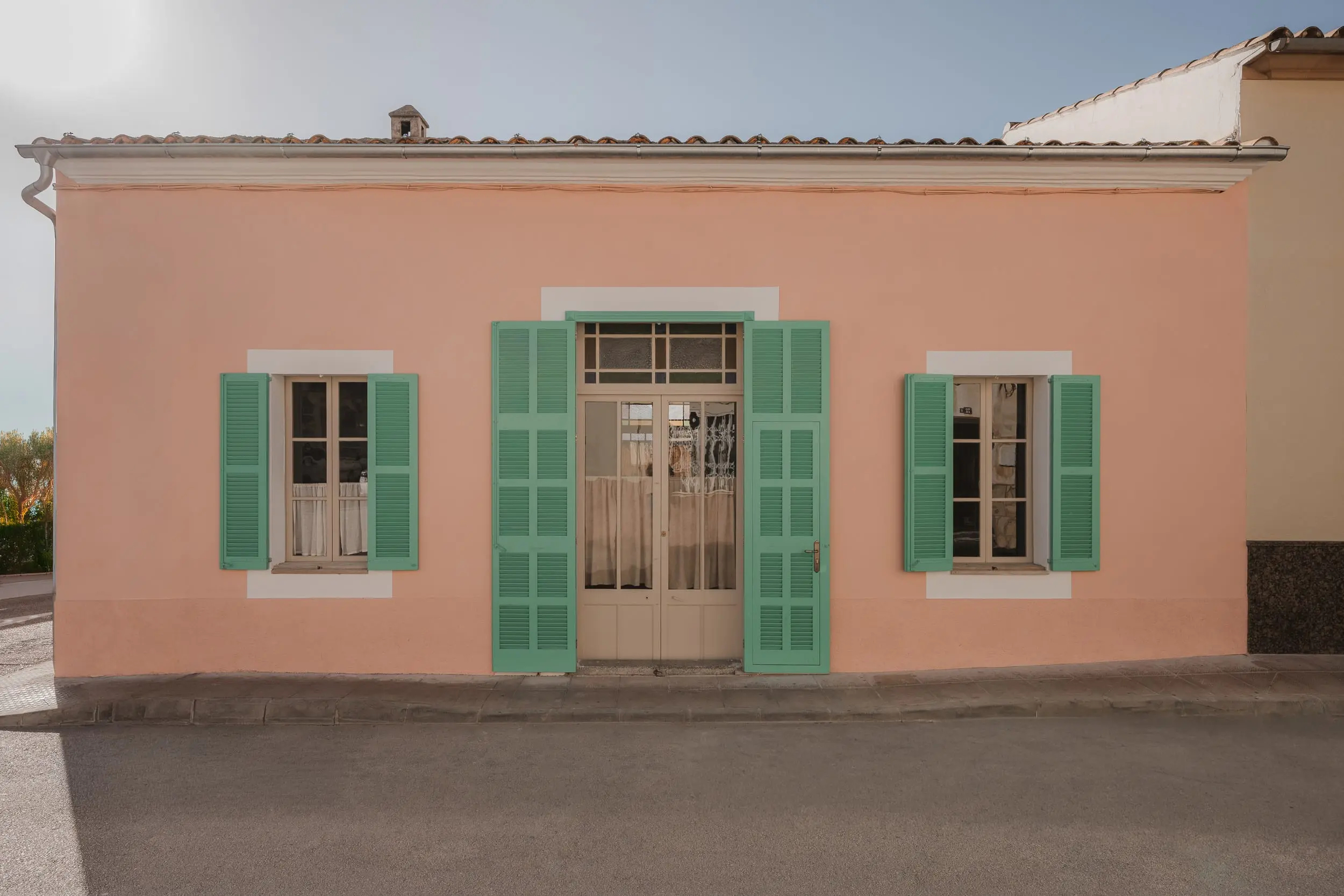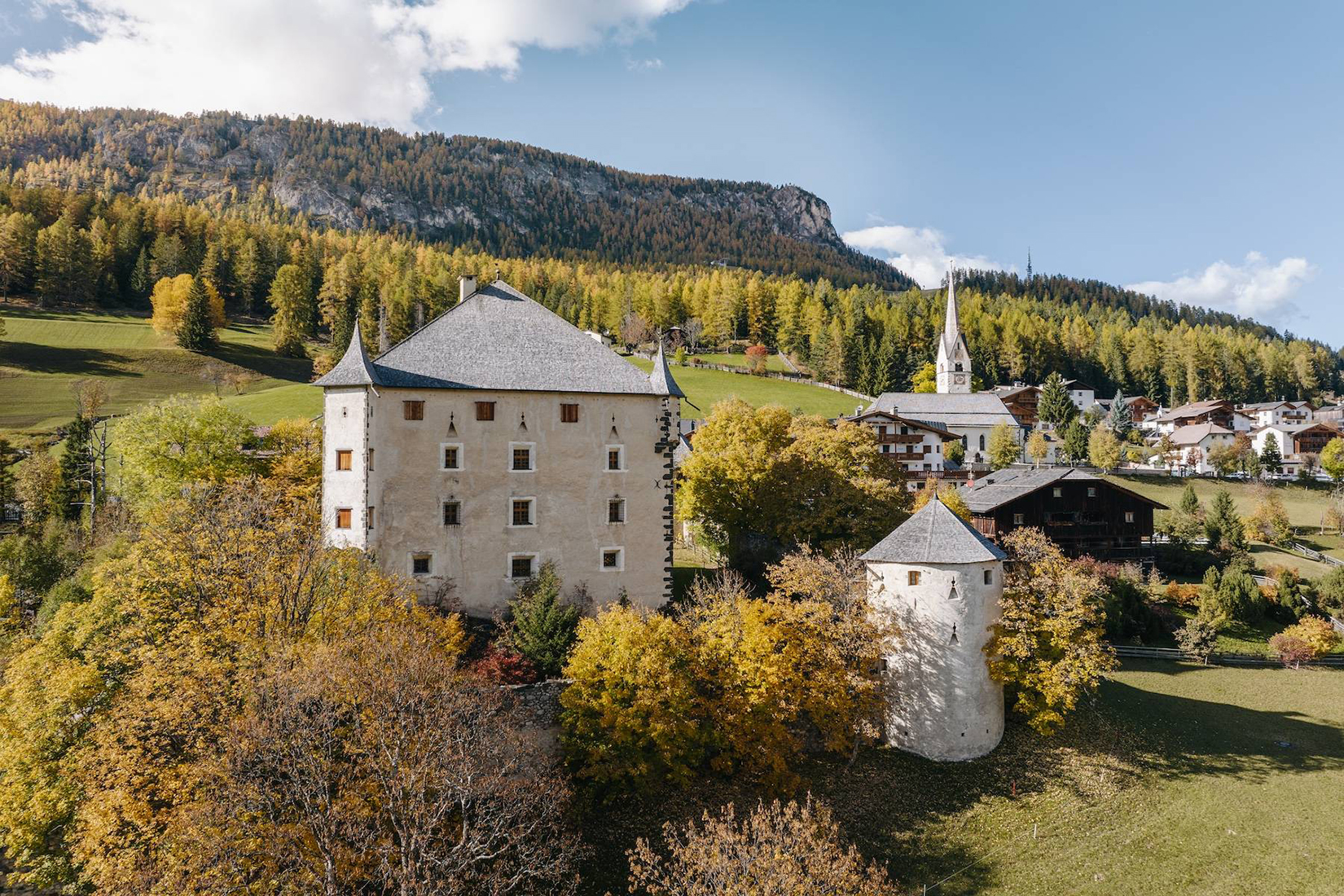As Andres Mendoza and Han-Rui Chiew prepared to open a modest, new members’ club in North London with a virtuous mandate – to provide a community hub for local millennials suffering from isolation – they enlisted another young, international duo on a similar mission to ease social engagement through architecture. The London-based multidisciplinary practice Kasawoo delivered a plan for transforming two floors of a former industrial building called The Ivories into Loom Club: a welcoming space for work, leisure, spontaneous conversation and social connection.
Darius Woo and Kyriaki Kasabalis responded to the sprawling open-plan warehouse space with ‘gentle’ interventions that would celebrate the original Art Deco construction while encouraging chance encounters. Its large-scale windows already drew abundant natural light indoors, and the exposed brick provided a lived-in feel. What the space really needed was a flexible environment with community character that could adapt from day to night.

Photography: Ed Reeve

Photography: Ed Reeve

Photography: Ed Reeve

Photography: Ed Reeve

Photography: Ed Reeve

Photography: Ed Reeve

Photography: Ed Reeve

Photography: Ed Reeve

Photography: Ed Reeve

Photography: Ed Reeve

Photography: Ed Reeve

Photography: Ed Reeve
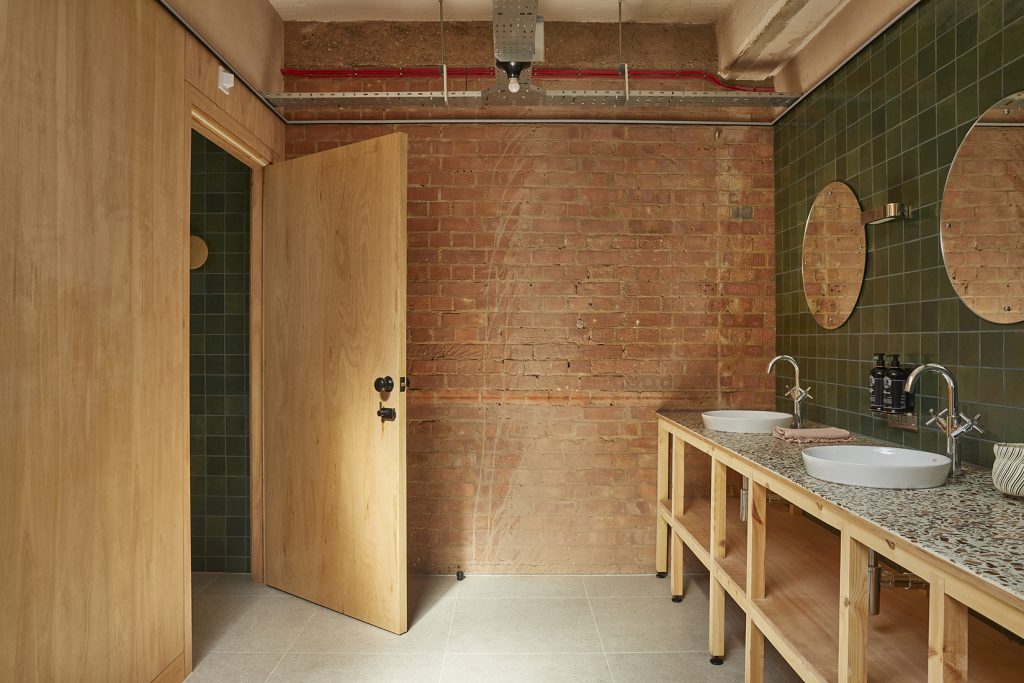
Photography: Ed Reeve
Bringing members together in new and unexpected ways is a core value behind Loom Club. To that end, one side of the main lounge became a social space with an oval-shaped kitchen island clad with hemp-fibre corrugated panels and sustainably harvested oak cabinetry by Holte Studio. Across the room is a series of cork-insulated phone booths for more private pursuits. A system of curtains by the London Fabric Company divides the space – with varying degrees of opacity – into zones that can be reconfigured, along with their furniture.
A staircase repainted in Loom’s signature terracotta leads down to the wellness area with tiled changing facilities and a large multipurpose space with sound-absorbing wood panels.

The design team intervened in the art deco envelope only where necessary, replacing the floors and lower walls. Everything higher went untouched, reducing costs and exposing imperfections, like ‘ghosts of the past’. They used natural, low-carbon materials wherever possible—like slotted-wood panels, plywood, and terrazzo made from waste—which helped complement the building’s existing character. Lush plants and terracotta elements add pops of colour.
‘As a start up, Loom Club is environmentally, socially and resource-conscious,’ says Kasawoo cofounder Kyriaki Kasabalis. ‘We purposefully worked with mundane, basic materials to craft a design solution that was more than the sum of its parts. We hope Loom Club shows that a different, more playful, more local future is possible.’



